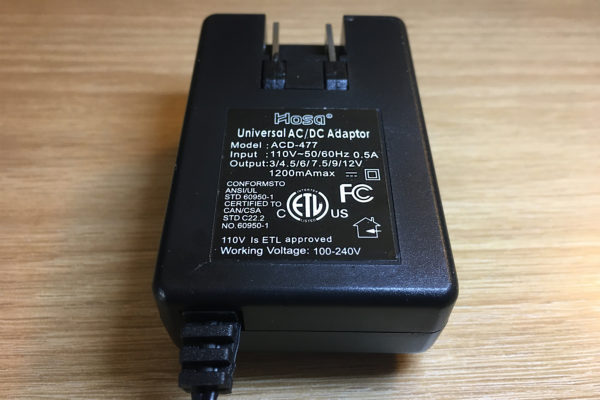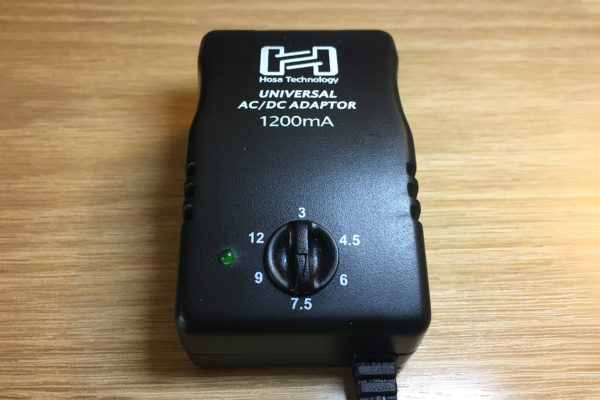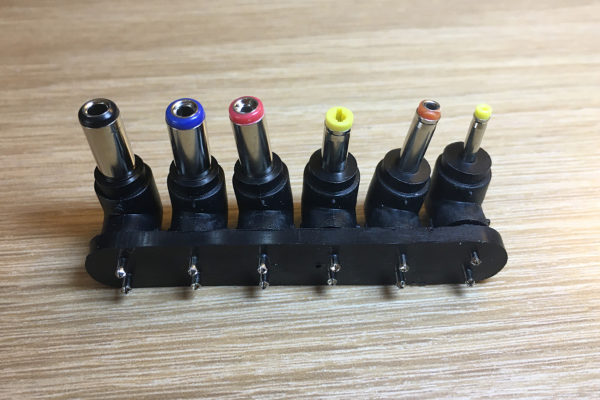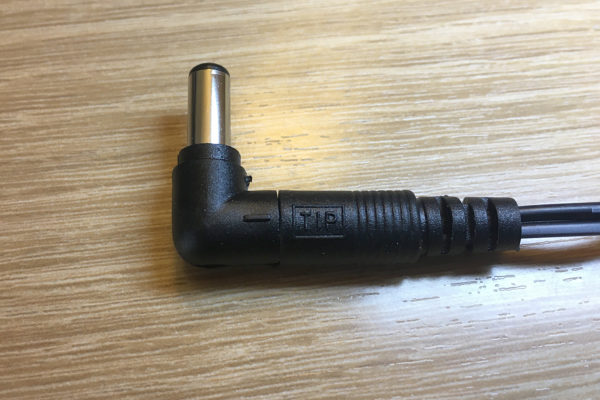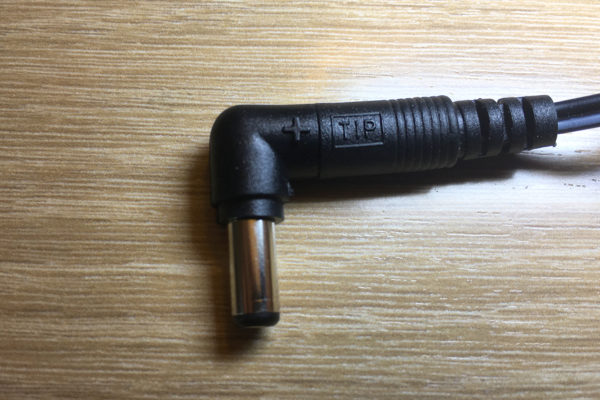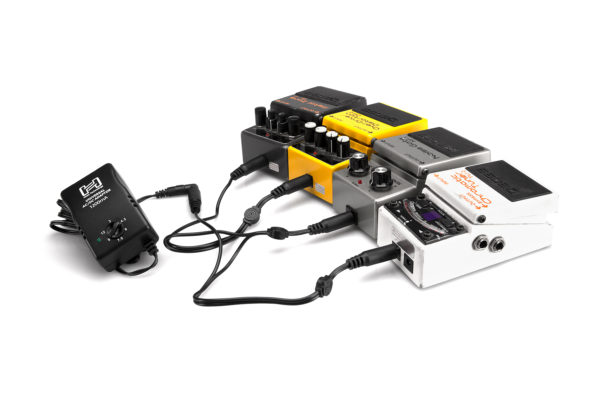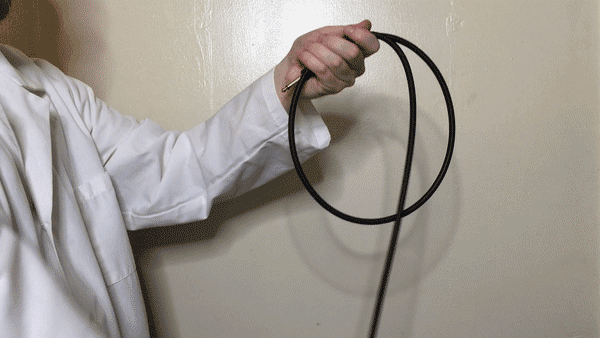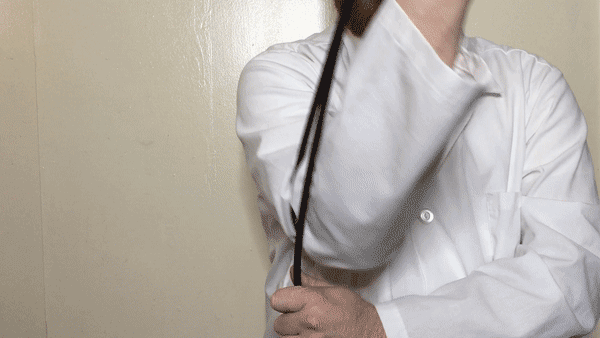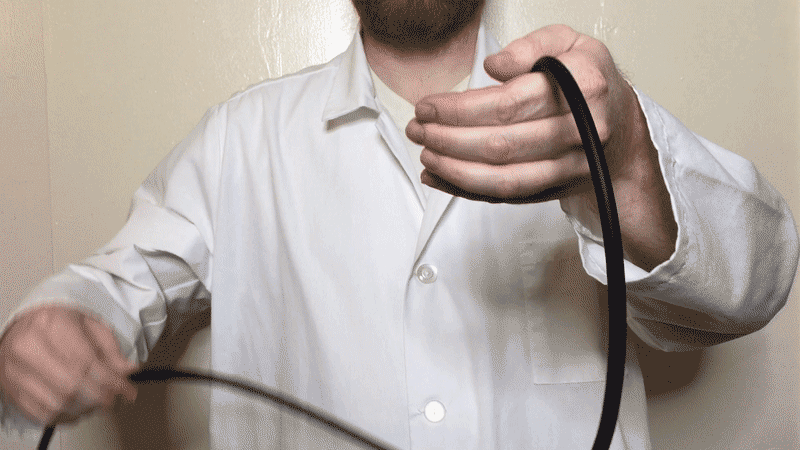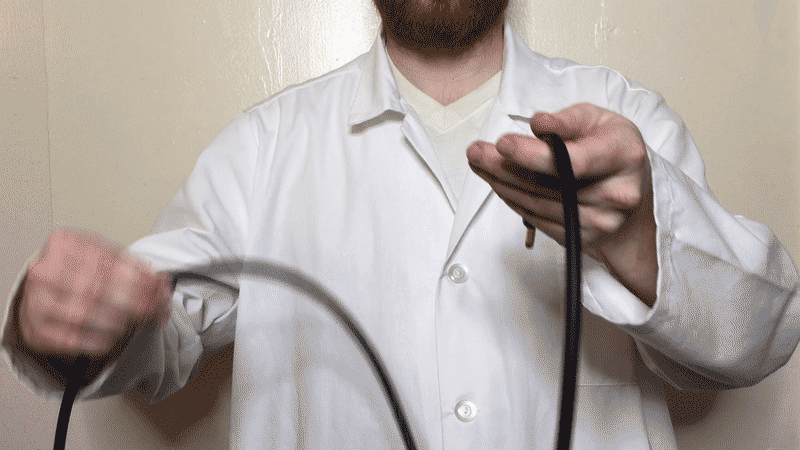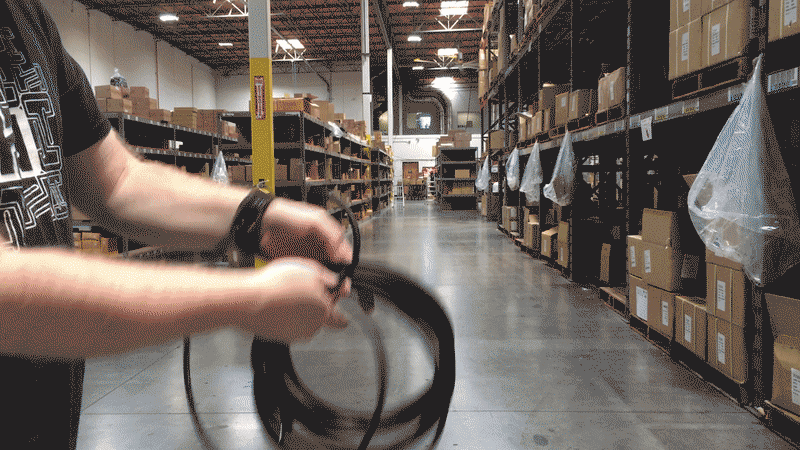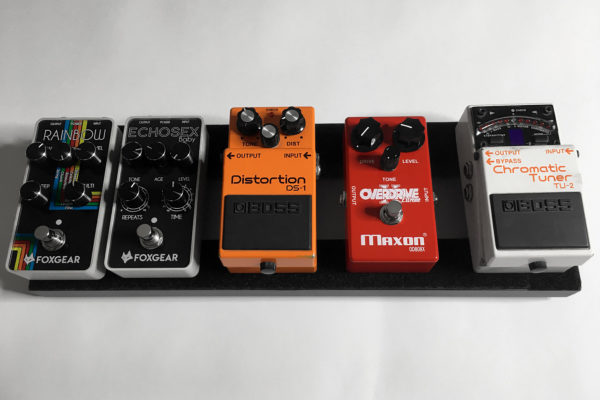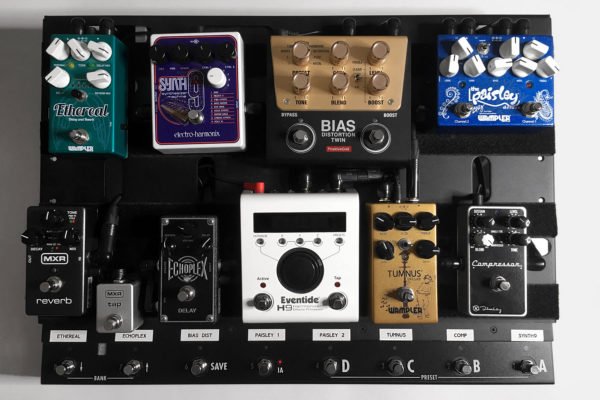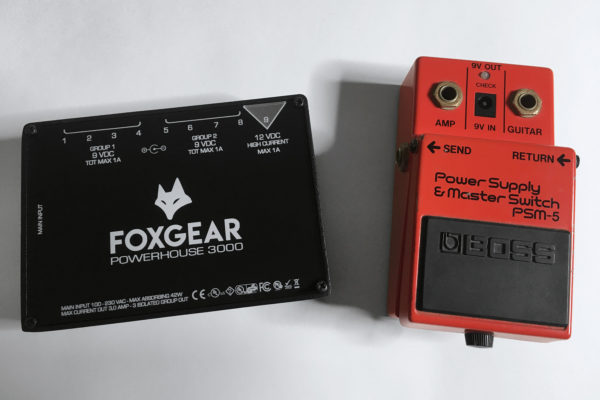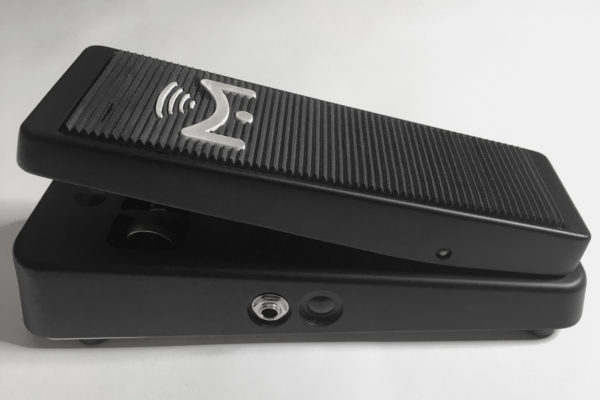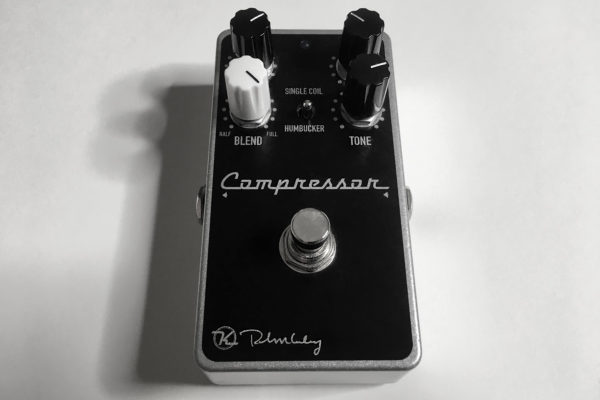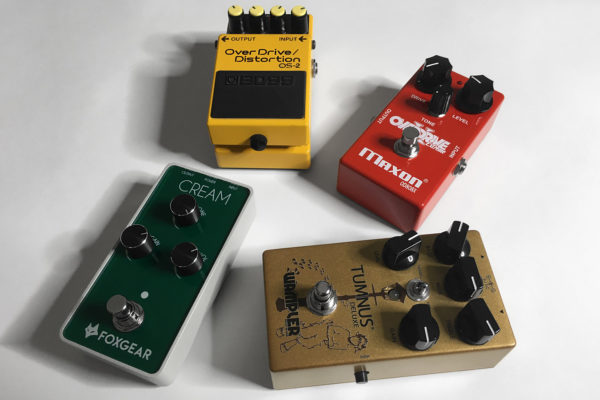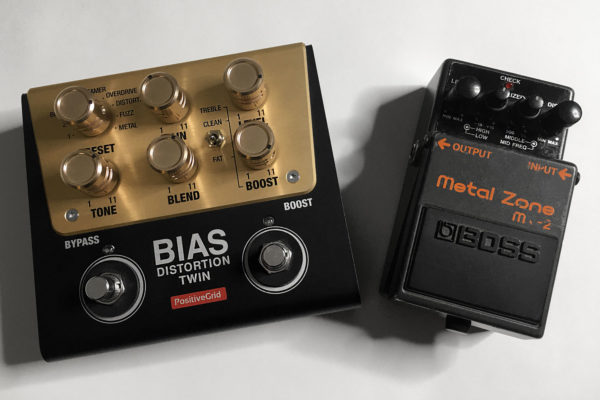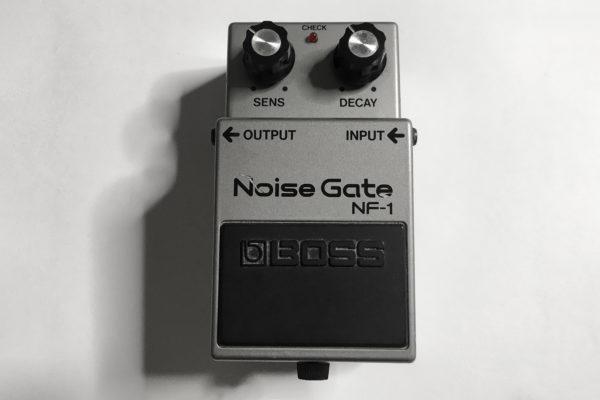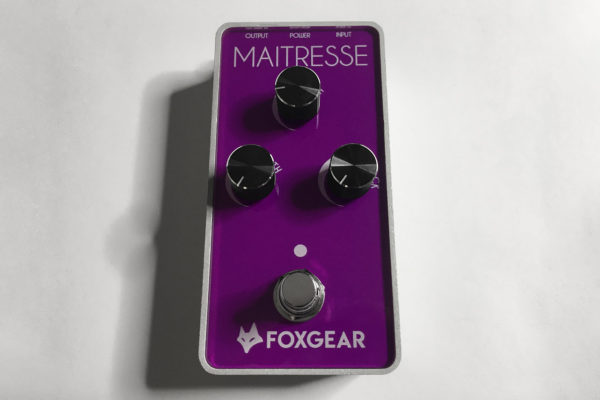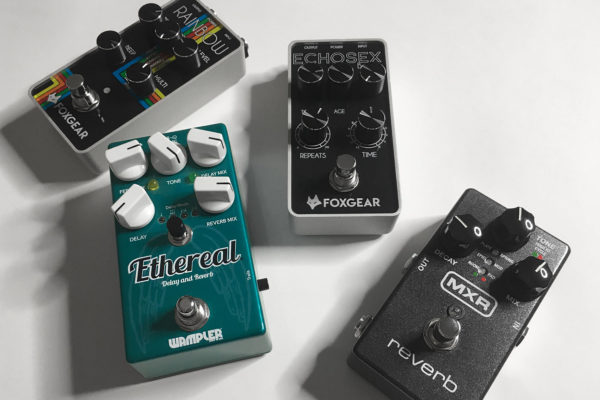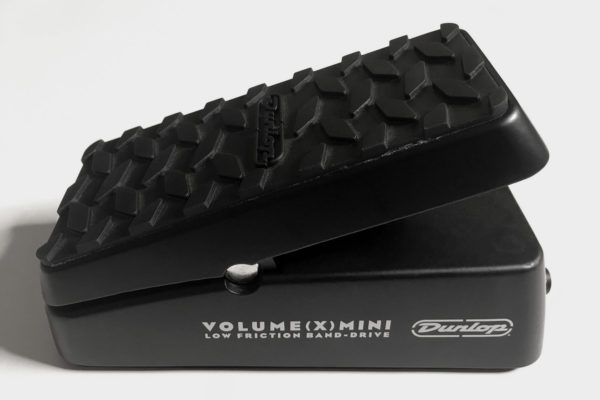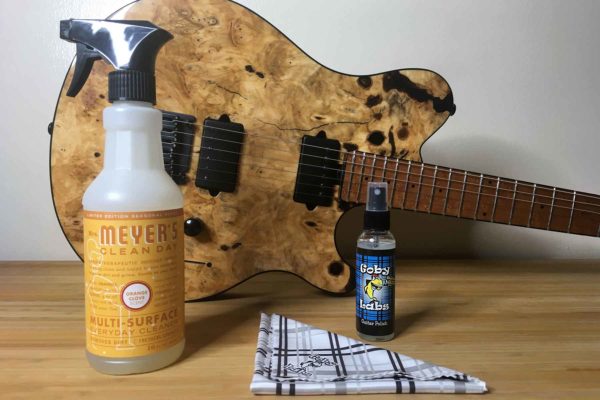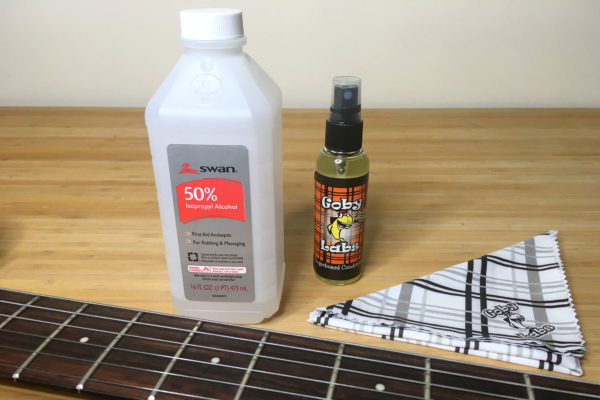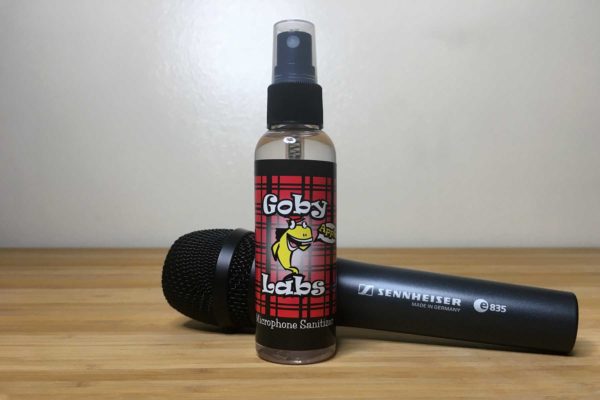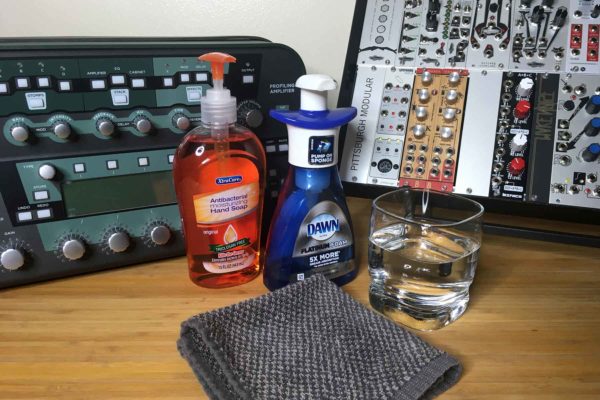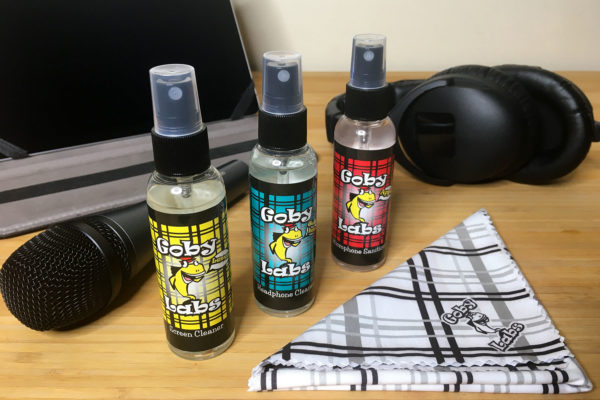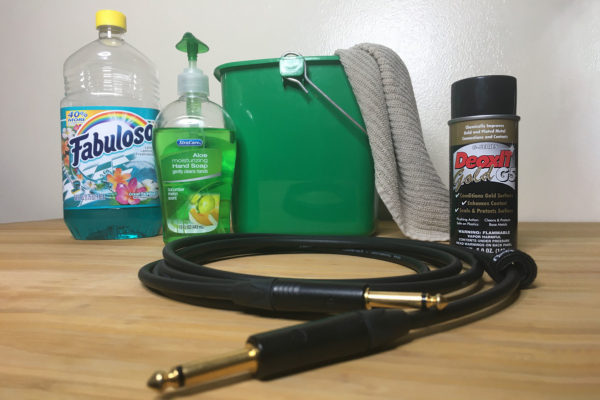How to Start a Podcast
Starting a podcast can be as simple or complex as you require. Very few components are needed to start, but your podcast setup can expand quickly. We’ll take you through the key pieces of equipment needed for a podcast, some suggestions, and how to stand out as a podcast host.
Before we talk about the podcast gear and equipment, it’s important to have a clear idea for the kind of podcast you want to start.
Should You Start a Podcast?
Podcasting is a medium that is seeing more and more creators every day. It’s become one of the most digested pieces of modern media. Successful podcasts can range from minutes to hours in length depending on the style, content, and audience.
Question is why do podcasts that are hours long succeed, when we’ve been telling each other for years that people’s attention spans are too small? The truth is probably a mix between the medium itself attracting an audience that enjoys long form content, and that people’s attention spans may not be as short as we think.
Unlike video content that tends to be more scripted, edited, and polished, podcasts have a very natural, conversational feel. They can just as easily be about niche interests or broad conversations that span from food recipes to the latest video game strategies in the same hour.
Given that it can be so simple and affordable to set up a podcast, it makes sense that new ones are popping up all the time. If you have any type of interest in a particular topic or something to say, chances are you already have most, if not all, of what you need to get started in podcasting.
So, what equipment do you need to start your own podcast?
What Equipment You Need for Podcasts
Computer
The thing everybody already has, right? The good news is recording audio requires modest CPU performance, so even if you have an older computer, you can likely make it work. As you look into software for your podcast, pay attention to the requirements and make sure your machine is compatible.
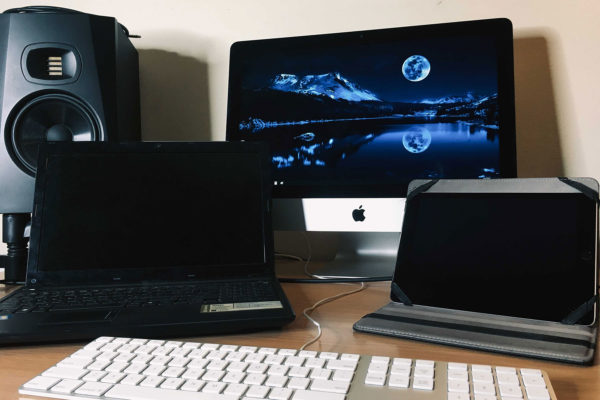
Audio Software for Podcasting
Make sure you have a DAW (Digital Audio Workstation) – this is the music production software that you will record your podcast audio into. Having the right DAW will also help should you need to edit or process your audio such as boosting levels, adding compression, or removing part of your podcast. Some free and inexpensive options available are:
Podcast Microphones
Single Microphone Setups
If this is a podcast that only features yourself, one of the most convenient ways to get started is with a USB microphone. These will allow you to plug directly into your computer and bypass the need for an audio interface. Some popular options available are:
Should you already have a podcast microphone, Hosa’s TRACKLINK XLR to USB Interface cable allows you to plug your microphone directly into your computer and bypass an audio interface. Keep in mind with these solutions the analog/digital converters inside are quite small, which may result in some latency or additional noise.
Multiple Microphone Setups
As you introduce multiple microphones for co-hosts or guests, your need for additional podcasting equipment increases. The first thing you’ll need is microphone cables. If you’re starting out on a budget, we suggest our Pro Series mic cables, which offer upgrades from our standard range at a minimal price bump. If you’re after the best signal-to-noise ratio and are investing in some nicer microphones and equipment, we suggest our flagship Edge series.
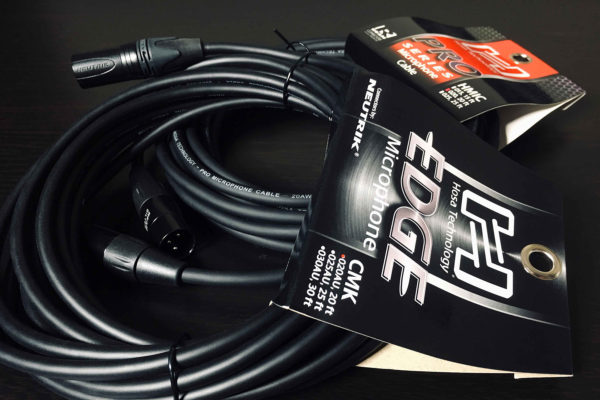
Audio Interfaces for Podcasting
Using an audio interface to record your podcast will allow much better analog/digital conversion, better microphone preamps, multiple microphone inputs, and multiple headphone outputs when compared to a direct to PC setup.
Some common and affordable options include:
Audio Mixer
An audio mixer will allow you to easily control the levels in the room with a simple knob or fader, and run a single output into your interface. There are also some USB mixer options that take the place of an interface and plug directly into your computer.
Podcast Cables
The cables you’ll need will be dictated by the equipment you have to work with. Some common cables for podcast use would be microphone cables for mics, headphone extension cables & adapters for headphones, interconnect cables for the mixer to an interface, USB cables for computer electronics, HDMI cables for any video podcasts, and cable organizers to keep the clutter down.
Additional Podcast Equipment
There may be some podcast equipment and accessories you don’t think about until you need them—don’t overlook these unsung heroes.
Microphone Stands
Microphone stands come in a lot of different styles, and can help keep your microphone secure while recording your podcast. You may prefer a tripod, tabletop, boom arm, or shockmount depending on your budget and setup.
Headphone Extensions
Chances are as you expand your podcast setup, your microphone will likely be further away from your computer, mixer, or interface. Since cables on headphones tend to be relatively short, you may need a headphone extension cable to reach wherever you’re speaking so you can hear yourself and any co-hosts or guests during recording.
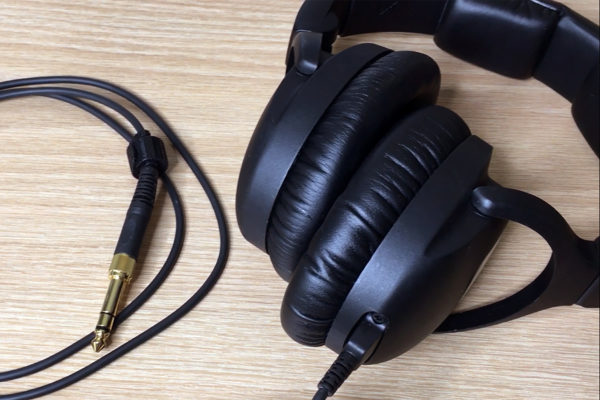
Cable Ties & Organization
Our 50 pack of velcro cable ties will help keep your area free of cable clutter. As your podcast setup expands, so will your audio cables. To minimize confusion, try using Hosa’s Label-A-Cable Cable Labels to help identify your connections.
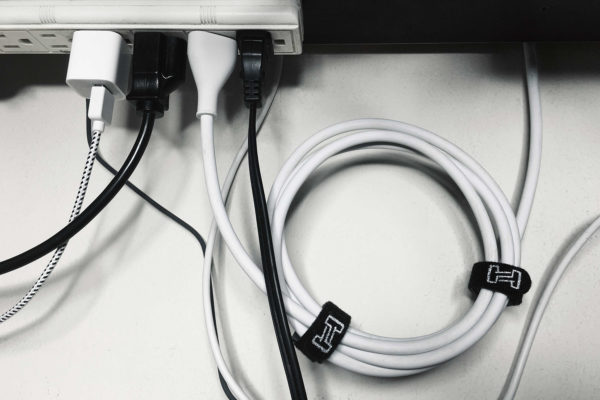
Pop Filters & Windscreens
These will help reduce levels of breath noises and sibilance, such as sharp S’s, allowing for smoother audio and less need for processing after recording. We also offer windscreens for traditional vocal mics.
Podcast Hosting Platforms
There are lots of platform options available for where to host your podcast, with a few popular, free, and inexpensive suggestions below:
Ultimately, you should look at the different podcast platform options available to see what features they include and find what best fits your needs.
While the equipment to start a podcast is important, always remember that being a good host includes some preparation, even if the medium feels very free-flowing. Marketing Showrunners wrote a great article on what it takes to be a great podcast host.
Podcast Setup on a Budget
There are many products on the market to fit a wide array of price points, but if you find yourself on a strict budget, here are some examples of budgeted podcast setups.
If You are Looking to Spend Less than $100
This will always be the hardest budget to fit, but chances are you can probably get your podcast started with simple means that you may already have or can find easily, like ear pods with a built-in microphone. These can be commonly found between $10-$30 and go directly into a computer mic input. If your computer requires the TRRS to be split to separate TRS inputs, you would need an adapter like the YMM-107. You could also pair an affordable set of headphones like the Hosa HDS-100 for around $30, and a Samson Meteor USB microphone for around $70.
If You are Looking to Spend $100-250
Stepping up your budget even modestly can open up a lot of options. At this stage you should probably look into USB microphones, with the Blue Yeti coming in around $130. It’s a good all-around USB microphone with low self-noise, and ability to change polar patterns. This will also allow you some space to upgrade your headphones, like a pair of Sennheiser HD 280 PRO’s around $100.
If You are Looking to Spend $250-500
This is where you start getting into interface and microphone territory. A Focusrite Scarlett Solo will come in around $120, which is an excellent entry-level audio interface. You can get a Rode NT1 condenser microphone bundle including a shockmount and pop filter for around $270, which is a great value. Bundle that with a Hosa Pro Microphone Cable for around $20, and an adjustable desktop stand for $20 as well.
So get out there and find your audience, because people have shown they’re willing to listen.
- Hosa
